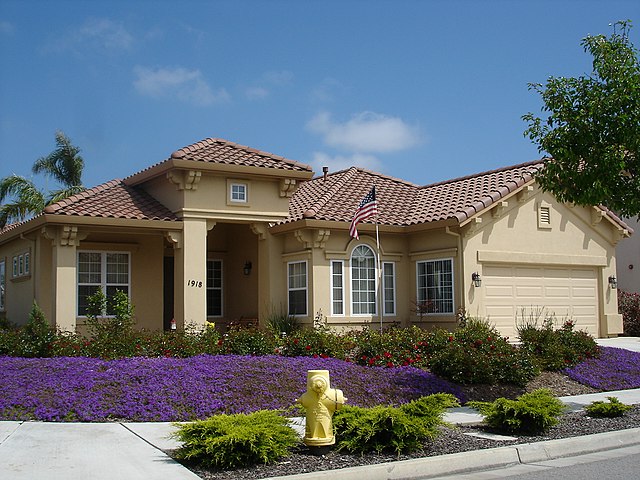The U.S. housing market encountered another dip in March as heightened interest rates and escalating home prices deterred potential buyers, illustrating the ongoing challenge of affordability in the residential real estate sector. According to the National Association of Realtors (NAR), existing home sales decreased by 4.3% to a seasonally adjusted annual rate of 4.19 million units. This decline was slightly sharper than what economists had anticipated, highlighting the sensitive balance between buyer demand and financial market conditions. The drop in sales was observed across most regions, with notable declines in the South and Midwest—typically more affordable areas—and the West, while the Northeast experienced a rare increase in sales.
The persistently high interest rates are largely to blame for the cooling market, with the average rate on a 30-year fixed-rate mortgage creeping toward 7%. This has been compounded by robust labor market data and inflation rates that remain above target, suggesting that the Federal Reserve may not cut interest rates anytime soon. Indeed, Fed Chair Jerome Powell recently indicated that rates might stay elevated longer than previously expected to combat persistent inflation, casting further uncertainty on when the housing market might see relief from these financial pressures.
Market Overview:
US Existing Home Sales Decline:
-Existing home sales in the US fell 4.3% in March to a seasonally adjusted annual rate of 4.19 million units.
-Rising interest rates and high home prices are sidelining potential buyers.
Key Points:
Affordability Challenges:
-Higher interest rates, hovering near 7% for 30-year fixed mortgages, and elevated home prices are dampening demand, particularly among first-time buyers (currently 32% of sales).
Fed Policy Impact:
-Economists attribute the sluggish sales growth to the lack of significant movement in interest rates, with the Fed potentially keeping rates higher for longer due to persistent inflation.
Inventory Up, But Not Enough:
-While housing inventory has jumped 4.7%, it remains well below pre-pandemic levels, contributing to the ongoing seller's market and record-high median existing home price of $393,500 (4.8% YoY increase).
Looking Ahead:
Interest Rate Clarity Needed:
-Clearer signals from the Fed regarding future interest rate movements could influence buyer and seller behavior in the housing market.
Inventory Needs to Rise:
-A more significant increase in housing inventory is needed to create a healthier balance between supply and demand, potentially leading to more moderate price growth.
Despite the downturn in sales, the housing inventory in March actually saw a positive uptick, increasing by 4.7% to 1.11 million units available for sale. This marks a significant improvement from last year, though it still falls short of the pre-pandemic supply levels. The current sales pace suggests a 3.2-month supply, which is up from last year but still below the 4-to-7-month range that typically signifies a balanced market. This constrained supply, combined with lingering demand, has continued to push home prices upward, with the median existing home price rising 4.8% from the previous year to a record high for March of $393,500.
The dynamics of the current housing market are complex, characterized by a tug-of-war between decreasing affordability and a modest improvement in housing supply. This environment poses significant challenges for first-time homebuyers, who made up only 32% of sales in March, still well below the level considered healthy for a robust market. Investors and economists alike will be closely monitoring these trends, as well as potential policy adjustments from the Federal Reserve and other economic indicators that could influence the trajectory of the U.S. housing market in the months to come.



